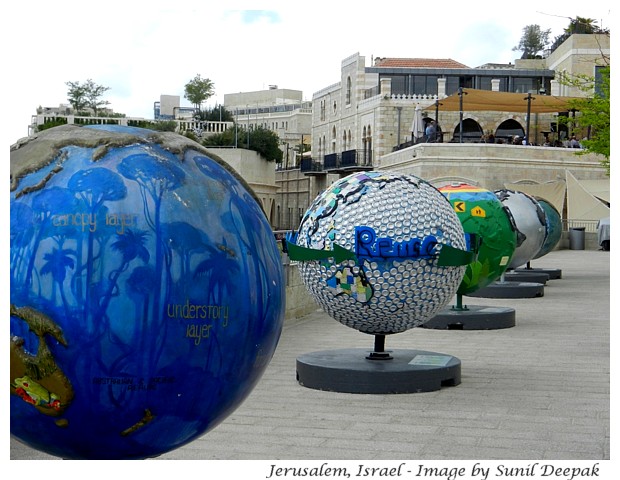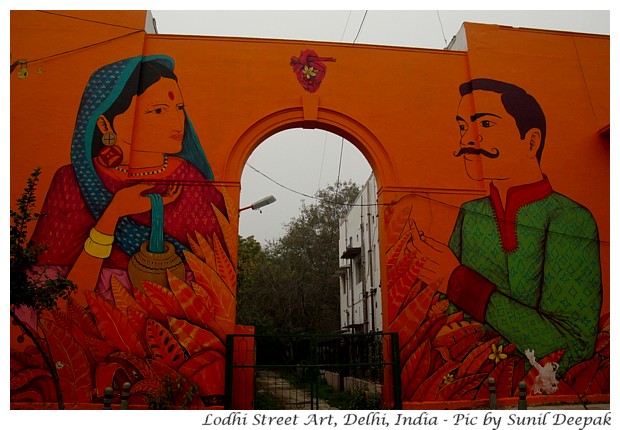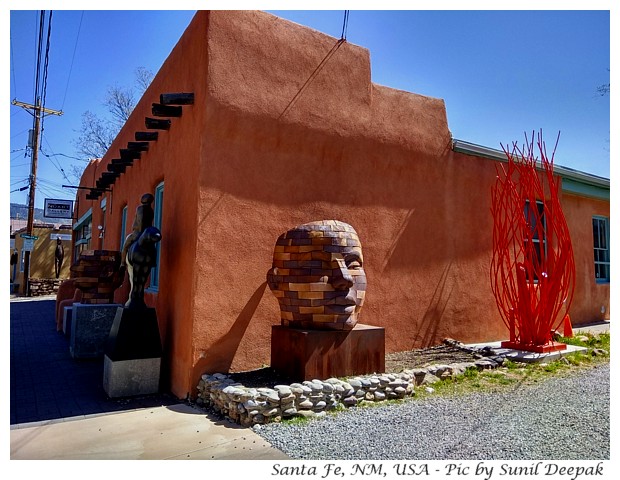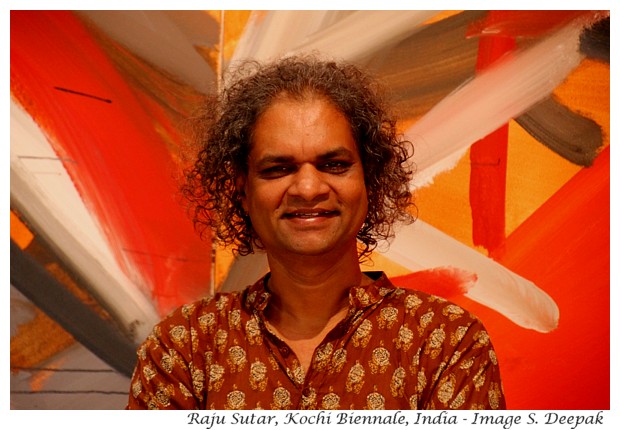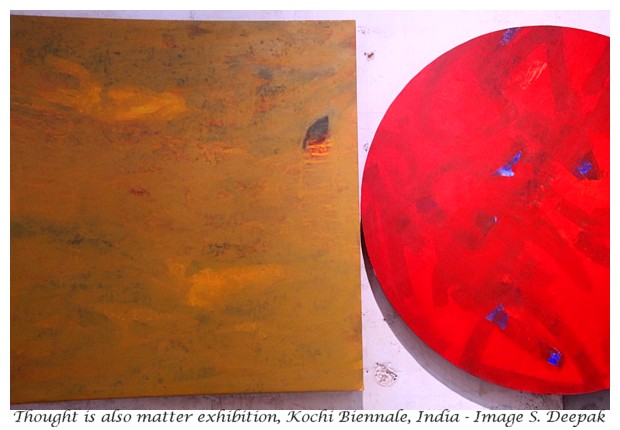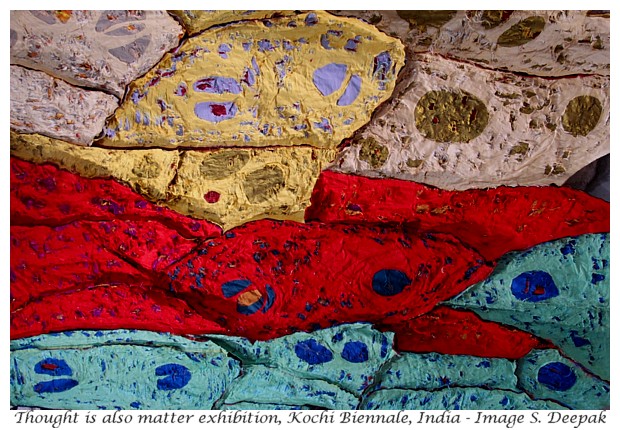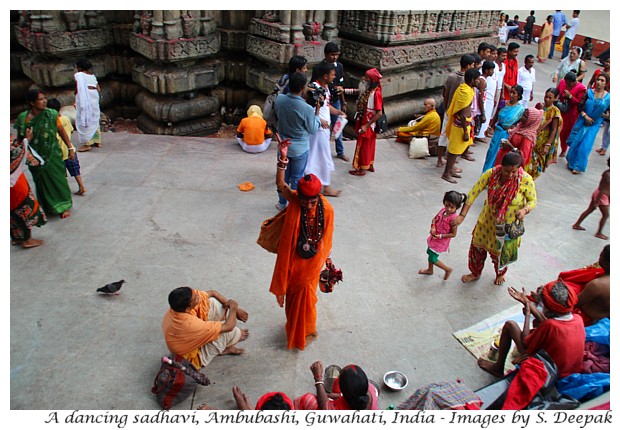This is my 7th article about Emancipatory Research and if you wish to learn more about this research approach, you can check the whole list of the articles.
The university courses on Disability Studies starting in late 1990s, spread the idea of emancipatory research. Thus, most examples of EDR come from developed countries which run courses on disability studies. There are a few examples of EDR conducted by persons from developing countries, studying in the universities in Global North, who did their research in developing countries. Many of these were researches conducted by university-educated individuals with disabilities and involved personal stories or in a few cases, a small number of persons with disabilities.
On the other hand, the model of EDR developed in the AIFO projects in developing countries over the last 10 years, is different. Here the research is carried out in collaboration with the local Disabled People’s Organisations (DPOs), while persons with disabilities from communities are given a short training and become the researchers. Their research has a collective approach and it focuses on the main barriers they face in their lives. A process of information collection followed by reflections and collective discussions are essential parts of these EDR initiatives. I like to think of these as the Freirian model of EDR, since it seems to reflect the ideas of Brazilian Pedagogist Paulo Freire.
All my discussions in this paper are based on my experience in EDR in developing countries in the AIFO Projects.
(1) It is a part of an on-going community programme. The programme staff plays a key role in initiating discussions with DPOs and other stake-holders about conducting EDR.
(2) DPOs and community organisations such as Self-Help Groups (SHGs) are used to identify persons with disabilities who will be trained, who will become the researchers and carry out the research.
EDR in Developed and Developing Countries
In 1990 Mike Oliver (1945-2019) proposed the basic idea of Emancipatory Research - A research about disability based on the social model and carried out by persons with disabilities. He suggested that such an approach will provide information which can't be provided by non-disabled researchers.The university courses on Disability Studies starting in late 1990s, spread the idea of emancipatory research. Thus, most examples of EDR come from developed countries which run courses on disability studies. There are a few examples of EDR conducted by persons from developing countries, studying in the universities in Global North, who did their research in developing countries. Many of these were researches conducted by university-educated individuals with disabilities and involved personal stories or in a few cases, a small number of persons with disabilities.
On the other hand, the model of EDR developed in the AIFO projects in developing countries over the last 10 years, is different. Here the research is carried out in collaboration with the local Disabled People’s Organisations (DPOs), while persons with disabilities from communities are given a short training and become the researchers. Their research has a collective approach and it focuses on the main barriers they face in their lives. A process of information collection followed by reflections and collective discussions are essential parts of these EDR initiatives. I like to think of these as the Freirian model of EDR, since it seems to reflect the ideas of Brazilian Pedagogist Paulo Freire.
All my discussions in this paper are based on my experience in EDR in developing countries in the AIFO Projects.
Freirian Model of EDR
I think that before proceeding further, it will be important to understand the general process of EDR implementation in AIFO projects:(1) It is a part of an on-going community programme. The programme staff plays a key role in initiating discussions with DPOs and other stake-holders about conducting EDR.
(2) DPOs and community organisations such as Self-Help Groups (SHGs) are used to identify persons with disabilities who will be trained, who will become the researchers and carry out the research.
Depending on the country, local context and the activities of the community programmes, the researchers can be persons with different education levels (including illiterate persons), men and women, of different age groups, with all the different kinds of disabilities and different severity of disabilities.
(3) A group of persons with different kinds of expertise are also identified to create a Technical Advisory Group (TAG), which supports the researchers by helping to plan the research and providing feedback about the research process. This group includes academic researchers and disability experts.
(4) The researchers are provided a brief training (mostly 4-5 days), focusing on examining the different possible causes of a problem, the concept of barriers and the social model of disability, how to conduct interviews, how to carry out accessibility audit, basics of ethics, privacy and bias, and how to prepare a report. The final session of the training helps them to discuss and identify the problems about which they would like to conduct their research.
(5) A research plan is made and a calendar of activities is prepared with the support of the Programme staff. Researchers visit their communities, interview authorities, service providers and other disabled persons to collect information about their selected problem.
(3) A group of persons with different kinds of expertise are also identified to create a Technical Advisory Group (TAG), which supports the researchers by helping to plan the research and providing feedback about the research process. This group includes academic researchers and disability experts.
(4) The researchers are provided a brief training (mostly 4-5 days), focusing on examining the different possible causes of a problem, the concept of barriers and the social model of disability, how to conduct interviews, how to carry out accessibility audit, basics of ethics, privacy and bias, and how to prepare a report. The final session of the training helps them to discuss and identify the problems about which they would like to conduct their research.
(5) A research plan is made and a calendar of activities is prepared with the support of the Programme staff. Researchers visit their communities, interview authorities, service providers and other disabled persons to collect information about their selected problem.
They meet periodically to share all the information collected about a problem and reflect on their findings. Sometimes they invite other persons as guests to these meetings. They also think about and discuss the possible solutions and strategies to address those problems, including what they can do themselves, what can be done at community level and what can be done by the DPOs.
(6) The research may last at least a few months, more usually a year or even more. All their meeting reports including their findings, reflections and suggestions are reviewed by the programme staff, DPOs and TAG members, who can provide feedback, additional information and comments.
(7) As mentioned above, the process of enquiries, discussions and collective reflection on specific issues is similar to the principles of Freirian Praxis as used in Participatory Action Research (PAR). Often, during this process, the researchers along with other persons with disabilities in the communities and with DPOs, can initiate specific activities to respond to the needs they have identified.
(8) The whole process is accompanied by a reporter, a person who documents all the findings, discussions and follow-up activities.
Challenges of Freirian model of EDR
Over the past 10 years, I have been involved in 6 EDR projects in AIFO projects (2 in India, one each in Palestine, Italy, Liberia and Mongolia).
(6) The research may last at least a few months, more usually a year or even more. All their meeting reports including their findings, reflections and suggestions are reviewed by the programme staff, DPOs and TAG members, who can provide feedback, additional information and comments.
(7) As mentioned above, the process of enquiries, discussions and collective reflection on specific issues is similar to the principles of Freirian Praxis as used in Participatory Action Research (PAR). Often, during this process, the researchers along with other persons with disabilities in the communities and with DPOs, can initiate specific activities to respond to the needs they have identified.
(8) The whole process is accompanied by a reporter, a person who documents all the findings, discussions and follow-up activities.
Challenges of Freirian model of EDR
Over the past 10 years, I have been involved in 6 EDR projects in AIFO projects (2 in India, one each in Palestine, Italy, Liberia and Mongolia).
Challenges of EDR
Some of the key challenges of these researches in my experience have been the following:
Persons with specific disabilities such as deaf persons, persons with cerebral palsy, persons with intellectual disabilities, persons with mental illness, and persons with leprosy, are usually excluded from EDR. Usually they are not so active in DPOs. Both DPO staff and Programme staff, may think that it will not be easy to work with them. Thus, they are often excluded and it requires persistent dialogue with DPOs, staff and other disabled persons to convince them about their inclusion.
Participation of women is another key issue. Even DPOs which have strong women leaders in top positions, are not able to convince communities to select disabled women as researchers. Even when selected, often men dominate the discussions and when women speak, the men may laugh or make comments. It requires continuous dialogue with researchers to make them aware about these biases.
Unrealistic expectations from the research: Some times DPOs and Programme staff have completely unrealistic expectations from the research. After 4-5 days of training, they think that researchers can do all kinds of qualitative and quantitative research. They may have little patience in supporting researchers who have difficulties in articulation or who are slow in understanding. Sometimes they expect specific kinds of written reports from researchers and can be too severe in their criticisms.
NGO programme staff can also be dominating and interfering in the research process, imposing their ideas on the researchers.
Limited Support of TAG experts: Most of the time, persons invited to become part of the Technical Advisory Group (TAG) of experts of an EDR are busy persons with a lot of responsibilities. Unless invited to a specific EDR activity to conduct training or provide advice, they may not have the time to read EDR reports and provide feedback and advice to the researchers. At the end, it is important to ensure that at least 1-2 persons with good research experience follow and support the whole EDR process, while the specific support from the remaining expert members of TAG needs to be negotiated.
Reporter: The person selected to write all the EDR reports is the interface between researchers and the rest of the Programme team and TAG members. Having a capable person in this role, can be the most important factor in ensuring success of EDR. The person should be articulate and computer literate.
We have tried with both kinds of persons in this role - person with disability as well as, a non-disabled person. Both can be a support or a hindrance to the process.
A disabled person as a reporter can be too anchored to his/her own disability experience and thus become an obstacle to free discussions in the group. Specific disabilities may limit his/her interaction with other researchers. Having fixed ideas about what should or should not be done about specific disability issues, can also block open discussions in the group.
A mature person who is self-secure and does not need to dominate others, who can raise question gently, and facilitate constructive and open discussions which are inclusive of all the researchers, is needed for this role.
Language issues: In rural areas where EDR is carried out, often persons with limited education can only speak and understand local dialects. Reporter and programme staff may not understand these languages. Even researchers who can understand these languages, may not be able to translate all the ideas and concepts in to the official language. Thus, often important information can be lost in the translation and may not be a part of the official research reports.
Community activities: Many discussions and at least part of the activities stimulated by the EDR process take place in communities and small groups, outside the formal meetings. Researchers may not understand the importance of bringing all this news and information to the reporter.
Difficulties Related to Formal meetings - these have pre-decided agendas and limited time. In these meetings, there may not be enough time to share general information about what is happening alongside the research process. Even when researchers bring this information, the reporter may not see its relevance.
Thus, many collateral developments related to EDR are ignored in the official reports.
Measuring Empowerment: A key goal of EDR is to promote empowerment of the disabled persons participating in the research. While there is a lot of anecdotal information about how the researchers and other disabled persons feel empowered in this process, there is no standardised way to measure the change in empowerment of individuals. While there are some attempts to measurement of empowerment (such as by the World Bank), these are not practical for use in the context of EDR.
Conclusions
The Freirian Model of EDR needs more reflection and understanding. If similar models are being tried anywhere in the world, it will be good to exchange information with them.There is still a lot about the Freirian model of EDR, which needs to be understood and defined.
*****





